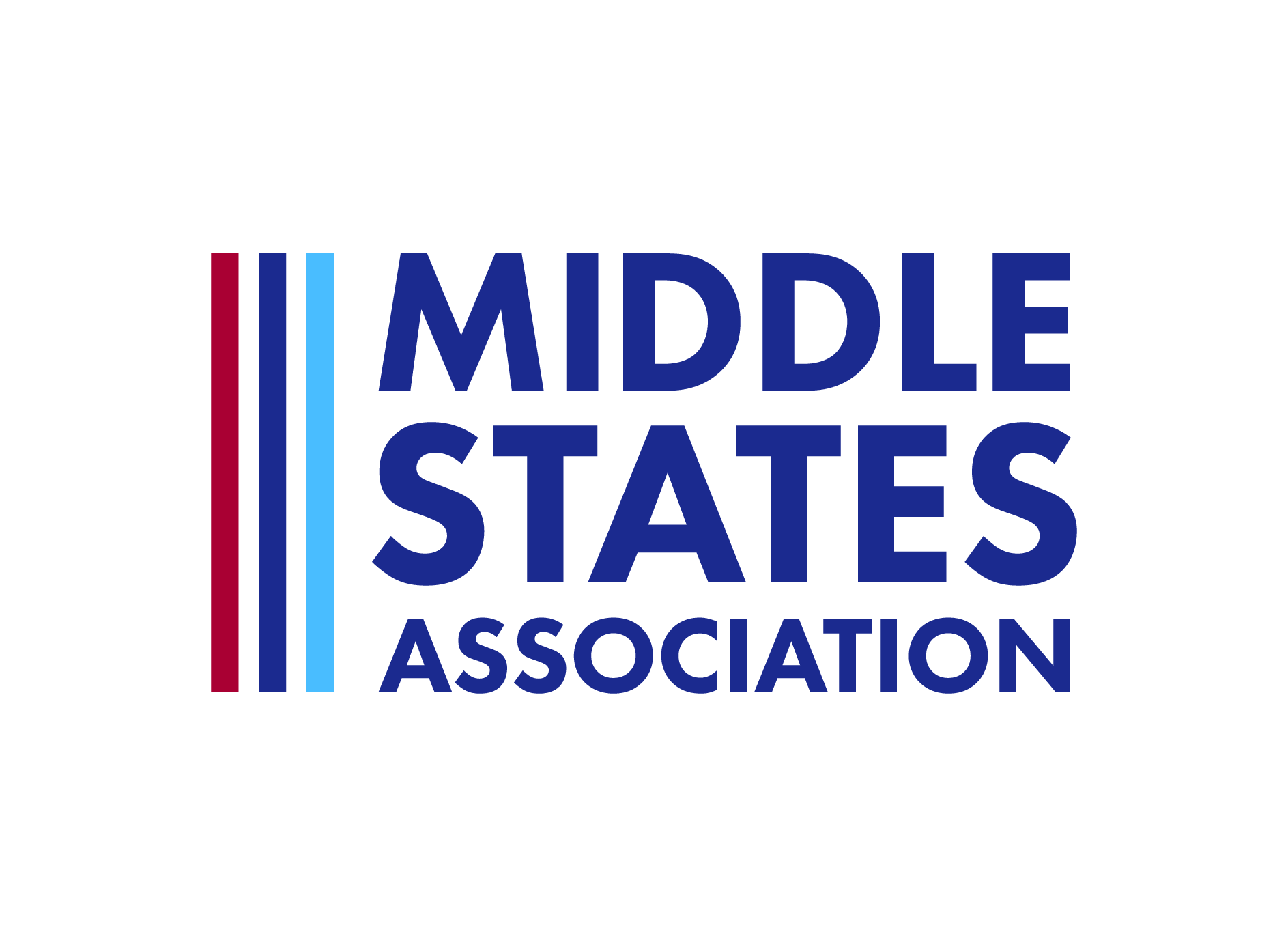By Christian Talbot, President of MSA-CESS

The New York City Department of Health uses a letter grading system for restaurants. In the front window of the establishment, a placard displays the grade to the public. No restaurant owner wants to receive anything less than an A—after all, this is NYC, so a B or C could mean roaches, or rats!
However, nobody can earn an A+. A scrupulous owner might scrub the grout with a toothbrush, and that would in fact make the place cleaner, but they won’t get anything extra for the effort.
In other words, the restaurant’s cleanliness and safety have to be “good enough.” After the owner has reassured a customer that the restaurant’s “hygiene” is adequate, they can emphasize differentiating factors such as menu, ambiance, price, and location.
I immediately thought of this analogy when I encountered the “Teacher Motivation” section in Michael Horn’s From Reopen to Reinvent. For over 50 years, theorists and researchers like Frederick Hertzberg, Edward Deci and Richard Ryan, and (in the world of education) Robert Evans, have shown that two different species of factors motivate us at work: hygienic and motivating.
Hygienic factors include things like compensation, status, and work conditions. These are “table stakes” for schools. Just as poker requires each player to pay an ante (the “table stakes”) to join the game, so too must schools invest in “good enough” hygienic factors to attract and retain faculty and staff.
But in poker, putting up the ante does not guarantee winning the hand. To do that, you must play with skill. Similarly, schools won’t retain teachers and staff with merely “good enough” hygienic factors.
That’s where motivators come in. Motivators include things like purpose-aligned work, recognition, and growth. These factors can meaningfully differentiate one school from another.
Recently I heard this message loud and clear when I ate lunch with some teachers. One said that he could make more money at other schools, but at his current school he is paid well enough and he gets to work at a place that walks the talk on mission, especially the prioritization of relationships.
We can develop a clearer picture of teachers’ motivators by considering their Jobs To Be Done. As detailed in From Reopen to Reinvent, Michael Horn and his Christensen Institute colleagues discovered four kinds of motivators (what they call “progress”) that a certain segment of teachers seek when changing their teaching practice. [1]
A school recently hired Middle States to design a teacher growth and development program. During our research into their experiences of their school’s incumbent “observation and evaluation” model, we uncovered a different set of Jobs To Be Done:
- Teacher Job 1: Help me to discover new instructional approaches that I would never have known about otherwise.
- Teacher Job 2: Help me to metabolize targeted feedback.
- Teacher Job 3: Help me to connect with kindred, diverse spirits.
Your teachers may have similar or different Jobs To Be Done; the essential thing is to learn the types of progress your teachers are seeking so that you can design experiences that deeply motivate them.
We hope you were able to join us yesterday for our webinar with Michael Horn. If not, you can watch the video here.
Endnote:
[1] In From Reopen to Reinvent, Horn summarizes those four Jobs To Be Done as:
- Teacher Job 1: “Help me to not fall behind on my new school’s initiative.”
- Teacher Job 2: “Help me lead the way in improving my school.”
- Teacher Job 3: “Help me engage and challenge more of my students in a way that’s manageable.”
- Teacher Job 4: “Help me replace a broken instructional model so I can reach each student.”
Jobs To Be Done are highly contextual, so it is no surprise that the Middle States team discovered different Jobs To Be Done at the school that has hired us to design their teacher growth and development program.

